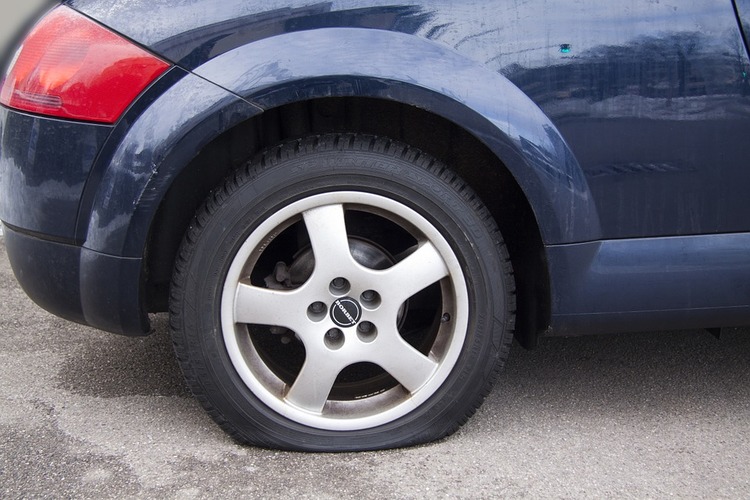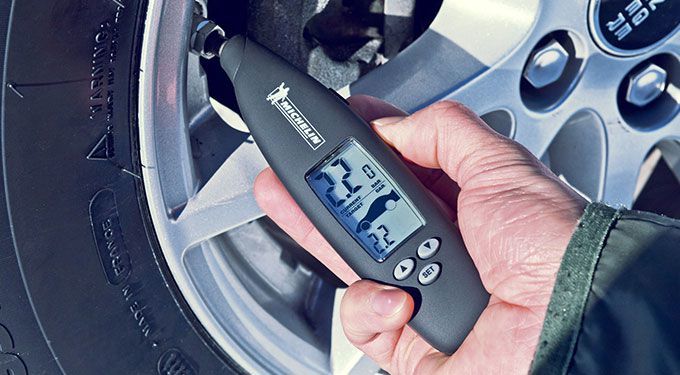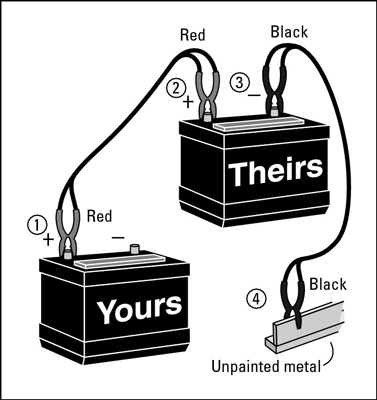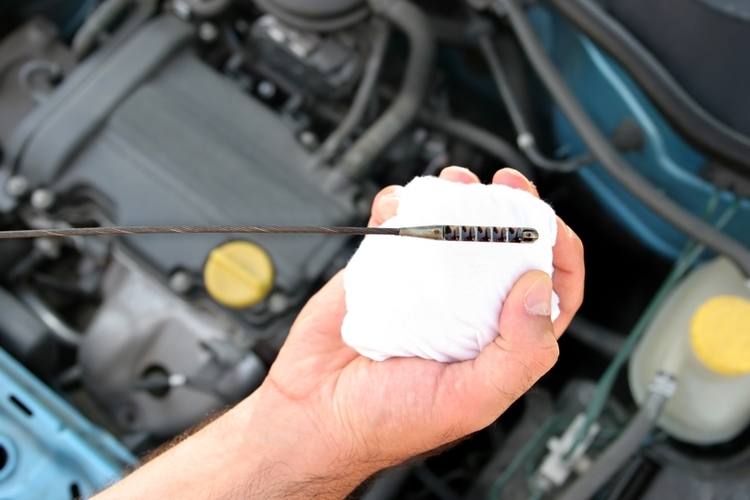5 Things Every Driver Should Know How to Do
 (Photo Credit: Flickr)
(Photo Credit: Flickr)
Driving instructors teach us to drive, but they don't necessarily teach us the things that we should know how to do to our cars.
Here are 5 simple things that you should know to keep your car running longer and also to avoid becoming stranded alongside the road.
1. Change Your Flat Tyre
 (Photo Credit: All Free Download)
(Photo Credit: All Free Download)
This is a skill that every driver should master. Jack, lug wrench and spare tyre are the things you need. Ensure that your car is parked on a flat surface first. Loosen the flat tyre's lug nuts with the lug wrench and place the jack under your car. Raise your car with the jack until it's high enough to remove the flat tyre and then mount the spare tyre on the lug bolts. Lower your car with the jack and finally, tighten the lug nuts. Don't forget to check the air pressure of the new tyre to make sure that it's correctly inflated!
2. Check Your Tyre Pressure
 (Photo Credit: Michelin)
(Photo Credit: Michelin)
Driving with under or over-inflated tyres is extremely dangerous. With a tyre pressure gauge, you can easily keep track of your tyre pressure. Remove the valve stem cap and insert the gauge into the valve stem. The digital gauge will start reading the tyre pressure right away. While the air pressure for typical tyres is between 30 to 35 PSI, you should still check your owner's manual for the recommended ideal pressure. Going at S$16.56, including shipping, you can get a digital tyre gauge for more accurate reading!
3. Jump-Start Your Car
 (Photo Credit: Dummies)
(Photo Credit: Dummies)
Always store a pair of jumper cables in your car – you never know when you'll need them. Attach the red clamp to the positive terminal (+) of the dead battery and the other red clamp to the positive terminal (+) of the live battery. Then attach the black clamp to the negative terminal (-) of the live battery and the other black clamp to an unpainted steel surface of the dead car's engine block. This is to help prevent sparking that is hazardous. Now try and jump-start the dead car by turning on the live car and letting the engine run for a few minutes. Remove the clamps in reverse order and you're good to go!
4. Check the Engine Oil
 (Photo Credit: Auto Repair)
(Photo Credit: Auto Repair)
It's important to check your car's engine oil at least once a month to ensure that there's sufficient and non-contaminated oil. Simply remove the dipstick located on your engine block and wipe it off on a clean and lint-free cloth. Examine the colour and quality of the oil. If the oil smells of gasoline or looks dirty, it indicates that it's time for you to change the oil. Insert the dipstick into the pipe and pull it out again. Check the small indication levels to see how high the oil runs up the dipstick. Add oil to the car if the level falls below the minimum mark!
5. Keep Track of Your Car's Maintenance Needs
 (Photo Credit: YorkBBS.ca)
(Photo Credit: YorkBBS.ca)
Regular service helps to boost the life expectancy of your car. It's good to keep a logbook to record when a maintenance is performed on your car. Now you'll never forget when's the last time you changed your engine oil!
Super App for
Vehicle Owners
Read more: 8 Car Care Tips Every Responsible Car Owner Should Know
Download the new Motorist app now. Designed by drivers for drivers, this all-in-one app lets you receive the latest traffic updates, gives you access to live traffic cameras, and helps you manage LTA and vehicle matters.

